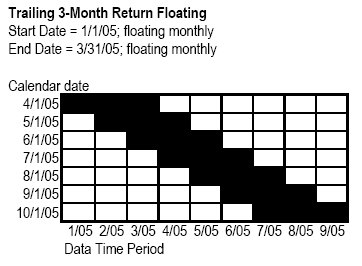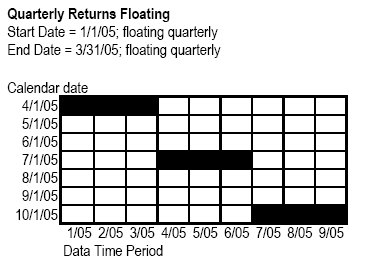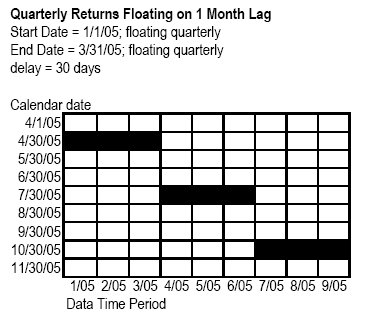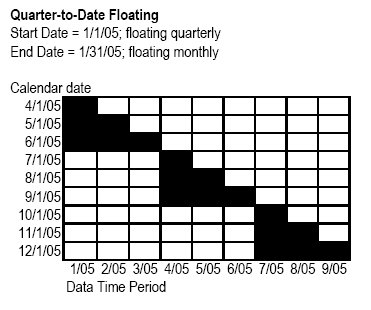Holdings-Based Style Consistency Report
The holdings-based style consistency tool allows a user to see the historical movement of a portfolio in terms of equity style, fixed-income style, sector, and asset allocation. This helps clearly describe the management of a portfolio over time and defines the consistency of that management.
To create a new Holdings-Based Style Consistency report: on the New menu, point to Reports, and then choose HB Style Consistency.
4Applications of this report
4Style and Sector Trails Section
4Sector Delta Section
4Data Table Section
4Style History Section
4Settings Dialog
4References



